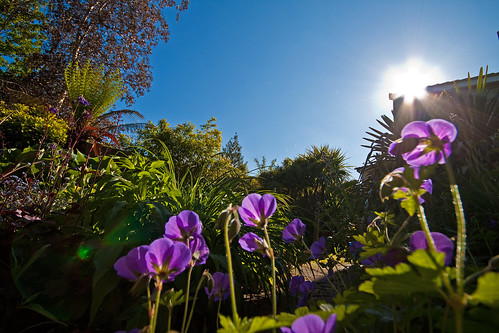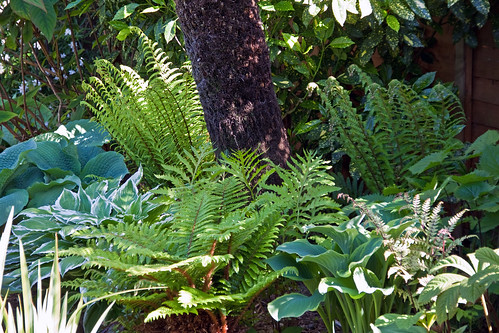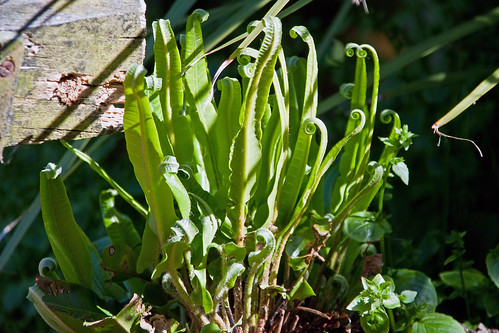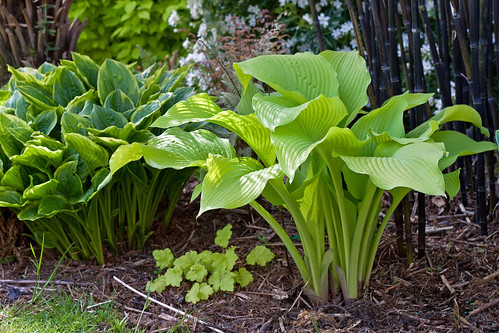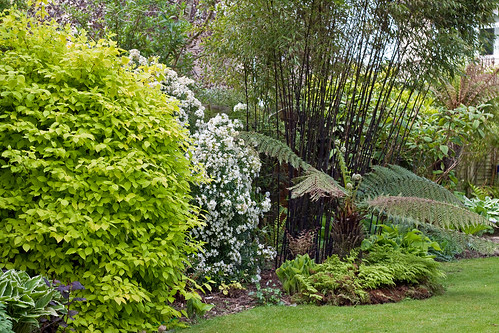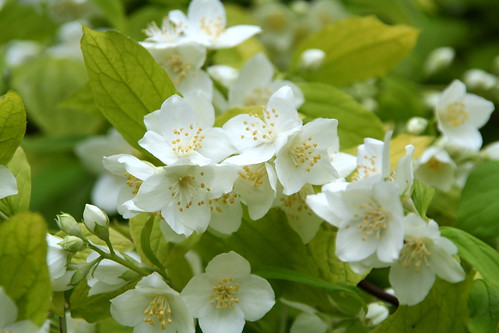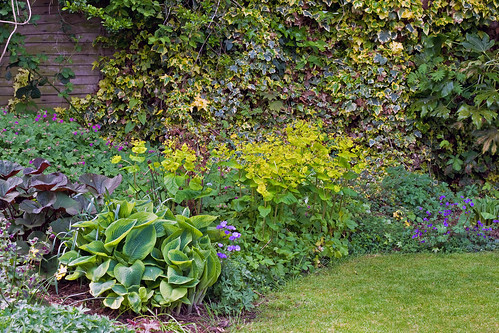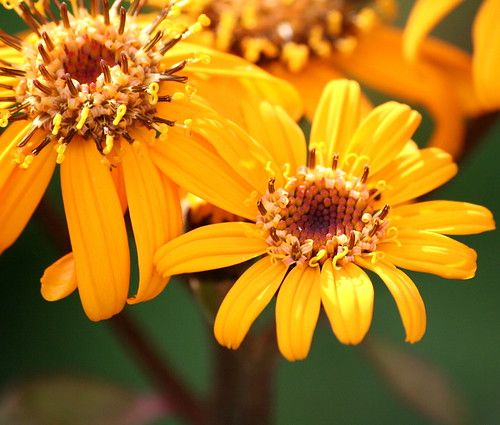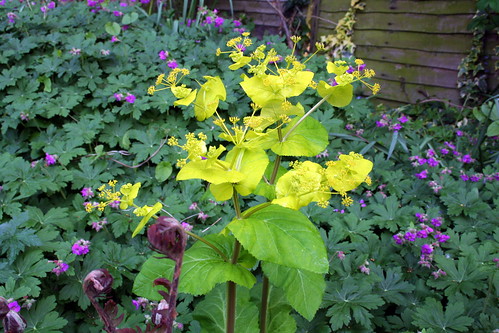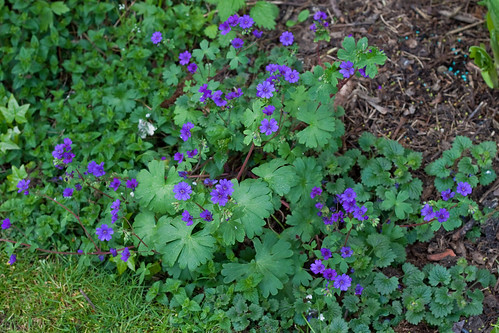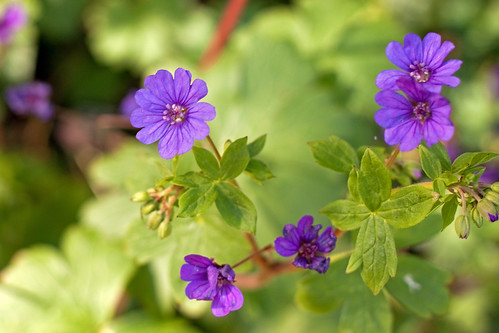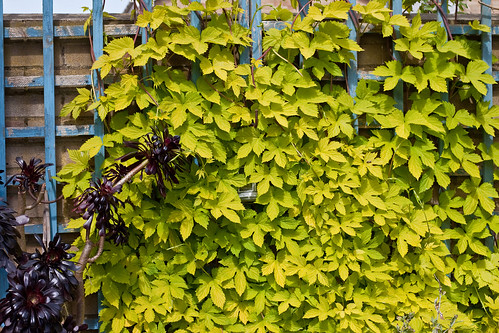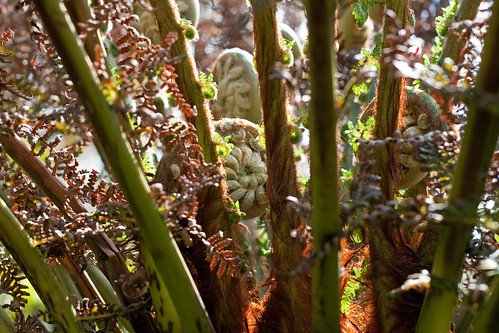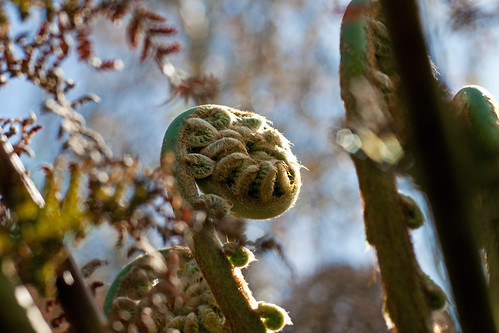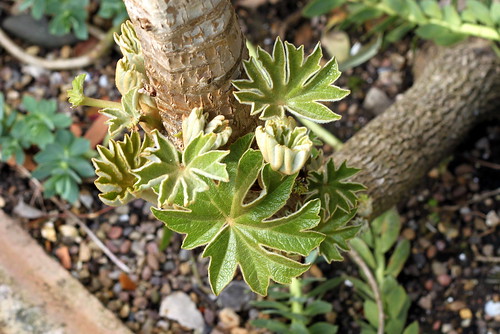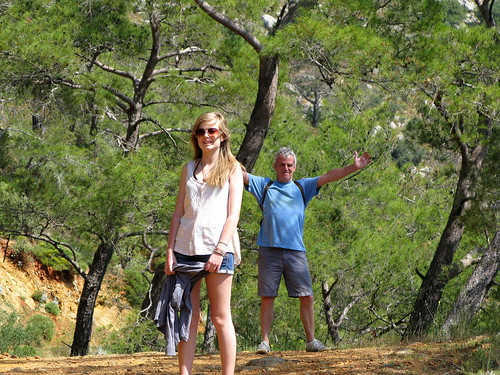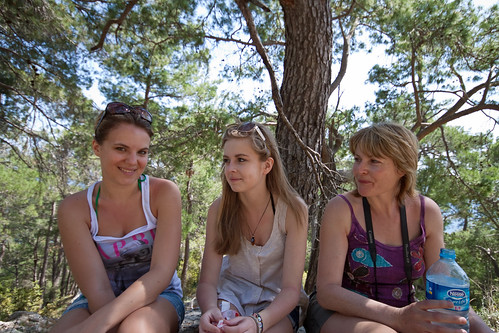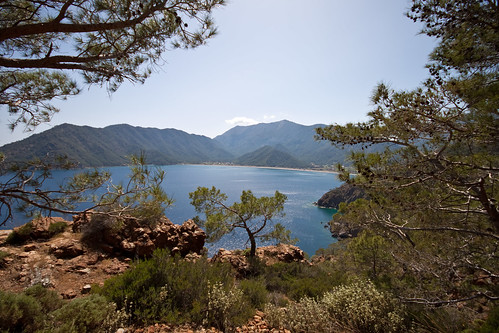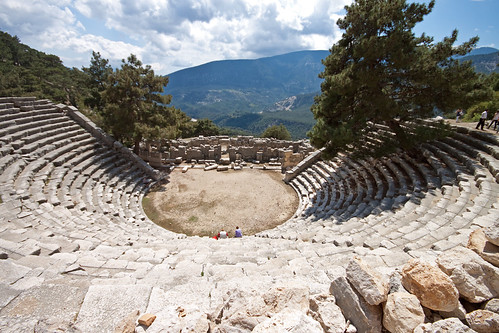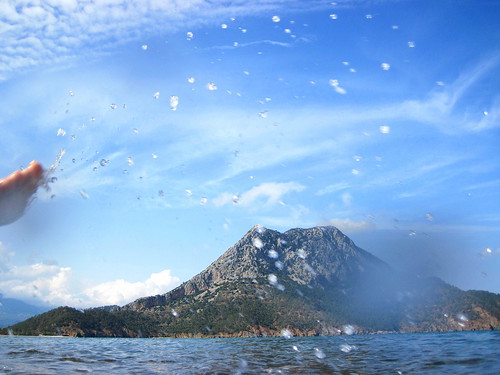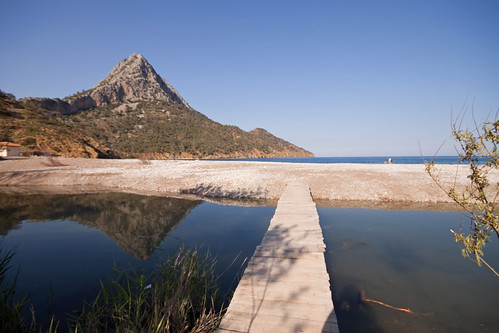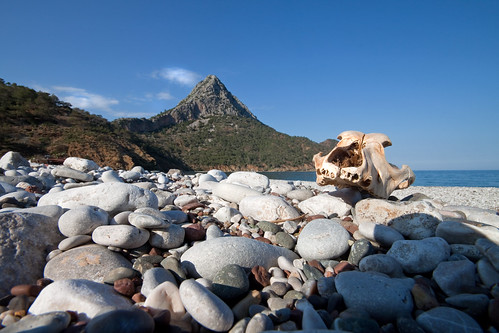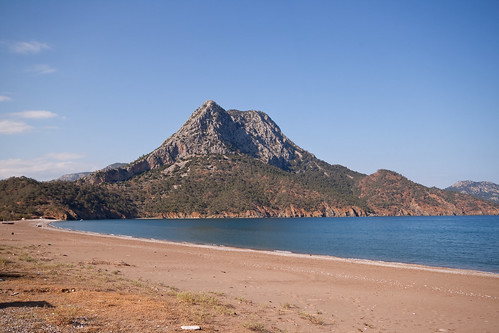I’m not sure why but most of the traffic to this humble blog seems to come from people who have either lost or think they may have lost their tree fern to the cold winter. I would like to thank those people as without them this blog would not have any readership. The trouble is – I really am no expert on Tree Ferns! I have tried to give as much advice as I can and have sifted through various books of mine to try and be more helpful. The book ‘Garden Ferns’ by Martin Rickard is probably the most informative on the subject. I’ve even looked in some of my old Victorian books on ferns but they have been of little help.
I won’t repeat the information given in my previous posts on the subject of Tree Ferns – you can find this by clicking the ‘tree fern’ label either in the right-hand column or at the foot of this post.
What I will do is copy the comments and replies I have made to people over the past few days in the hope that they may, at least, be of some small help to all the people who access this blog on the subject of dead and dying Tree Ferns.
I’m sorry I can’t be of more assistance – the following are some of the comments and my replies:
Can anyone help me please? I have a 5 ft Dicksonia antarctica and I think its poorly. The ferns / fronds are very small and it looks stunted. Its planted in ericaceous soil in a large tub, and although it got a lot of sun last year it never did well. Is shading that important? Is it a nutritional issue? I feed it with seaweed extract now and again. Is it possible that the sun has just done its damage?
On the plus side, it has sent up 6 new fronds but they are only a foot long. The winter did its best to kill it off but, like Flash Gordon, he's alive.
Please advise. Many thanks,
Jack.
Nr Guildford. Surrey.
Hello Jack
I’m certainly not an expert on Tree Ferns (or anything else really!). I have no experience of growing Tree Ferns in pots but with the help of Martin Rickard’s excellent book: ‘Garden Ferns’, I think your main problem may be that the plant is getting too much sunlight. Martin Rickard says that a Tree Fern in full sunlight will have much shorter fronds. Of course, a tree fern needs its trunk to be kept moist throughout the growing season and this could mean watering the trunk every day and possibly more in hot weather when growing in sunlight. Martin Rickard also advocates the use of a general-purpose fertilizer but I would not think that a seaweed extract fertilizer would do any damage. I use a basic general-purpose liquid fertilizer and the tap water here is very alkaline.
I hope I’ve been of some help. The largest of my tree ferns is now growing in full sunlight since my neighbour felled the tree that used to give it shade. As the tree has only recently been felled, I wait to see what effect it will have on the tree fern, I do know that I will have to water it even more!
Thanks for your post and long live Flash Gordon!
Rob
Anonymous said...
My tree fern is quite moist in the middle with no sign of any fronds could it of died????
19 May 2010 19:53
Hi
I think that may be the case but it is worth waiting a little longer to see for sure. It is always worth protecting the crown with straw over winter, I use old fern fronds.
I hope you tree fern pulls through.
Rob
Mary said...
I am mourning my beautiful tree fern as I think it is dead but I am afraid to give up hope! It was absolutely fantastic but last winter was extremely cold (in Ireland - a freak winter) and all the fronds died off. I was hopeful that this spring loads of new fronds would uncoil from the centre and spring up but each day nothing happened. Yesterday, I examined the centre in great detail. It is very moist, smells badly and is crawling with little worms of some sort - it is definitely rotting away in my opinion. The only thing I can think of doing is maybe trying to saw off the top few centimetres as perhaps the rotting material is only in the very top layers and there are perfectly healthy uncoiled fronds below just waiting to escape (unlikely I am sure but still I wonder have I nothing to lose by sawing off a few centimetres). What does anyone think? Likewise I too have searched the web for any help but can't find any specific to my query.
Hi Mary
May I offer my sympathy, the passing of old fronds is always sad. It does sound like your tree fern has expired. You could try removing the rotting part but I’m not sure that would help.
I’m no expert on tree ferns but I have scoured my collection of books on ferns to see if there is anything about resuscitating a tree fern. Martin Rickard in his book ‘Garden Ferns’ writes:
“It seems to me that it is the meristem (the bud tissue in the crown) that is vital for the continued success of the plant, so from late October to mid-April I protect this area of the plant.”
From what Martin says it seems that cutting into or cutting off the meristem would not help.
Sorry I can’t give more joyful advice but thanks for your post and once again my sincere sympathy.
Rob
25 May 2010 09:59 ![clip_image001[1] clip_image001[1]](http://lh6.ggpht.com/_C7CoJpeAxeo/S_w0vncfhyI/AAAAAAAAB2U/fn9_YbIYBno/clip_image001%5B1%5D%5B2%5D.gif?imgmax=800)
![clip_image003[1] clip_image003[1]](http://lh6.ggpht.com/_C7CoJpeAxeo/S_w0ywQeZTI/AAAAAAAAB2c/Eqx1N5bXCmU/clip_image003%5B1%5D_thumb.gif?imgmax=800)
Anonymous said...
I'm in Lancashire and we too had a deeply cold winter with temps as low as -20
Our two tree ferns were well protected- it appears we have lost both of them. The smallest was obvious. It was wet and mushy ontop and smelt bad. The second 5ft high fern started seeping orange slime out of the trunk during early April and it appears the top (although not mushy or rotten) has completely died- all the developing fronds were dry and black.
Hi
I’m sorry about the loss of your tree ferns. Both mine have survived unscathed but last winter (and the one before) was very cold. I live close to the coast in Kent and I don’t think we got temperatures anywhere near those you experienced.
It is interesting what you say about your smallest tree fern. The smaller of my two was badly affected the winter before last. In researching some of the comments I’ve had about the losses through the winter, I noticed that Martin Rickard in his book ‘Garden Ferns’ suggests that shorter tree ferns are less hardy. He bases this on the severe winter in the mid 80’s when he says that none of the plants he saw that were less than 4ft high had survived despite being protected. Of course, the theory is that this is due to temperatures being lower near the ground.
The winter before last caused the coiled fronds in the crown of my smaller tree fern to turn black and die. However, new growth fronds did come through despite the dead coils impeding their progress somewhat. Perhaps there is some hope for your 5ft tree fern? I hope so.
Thanks for your post.
Rob
